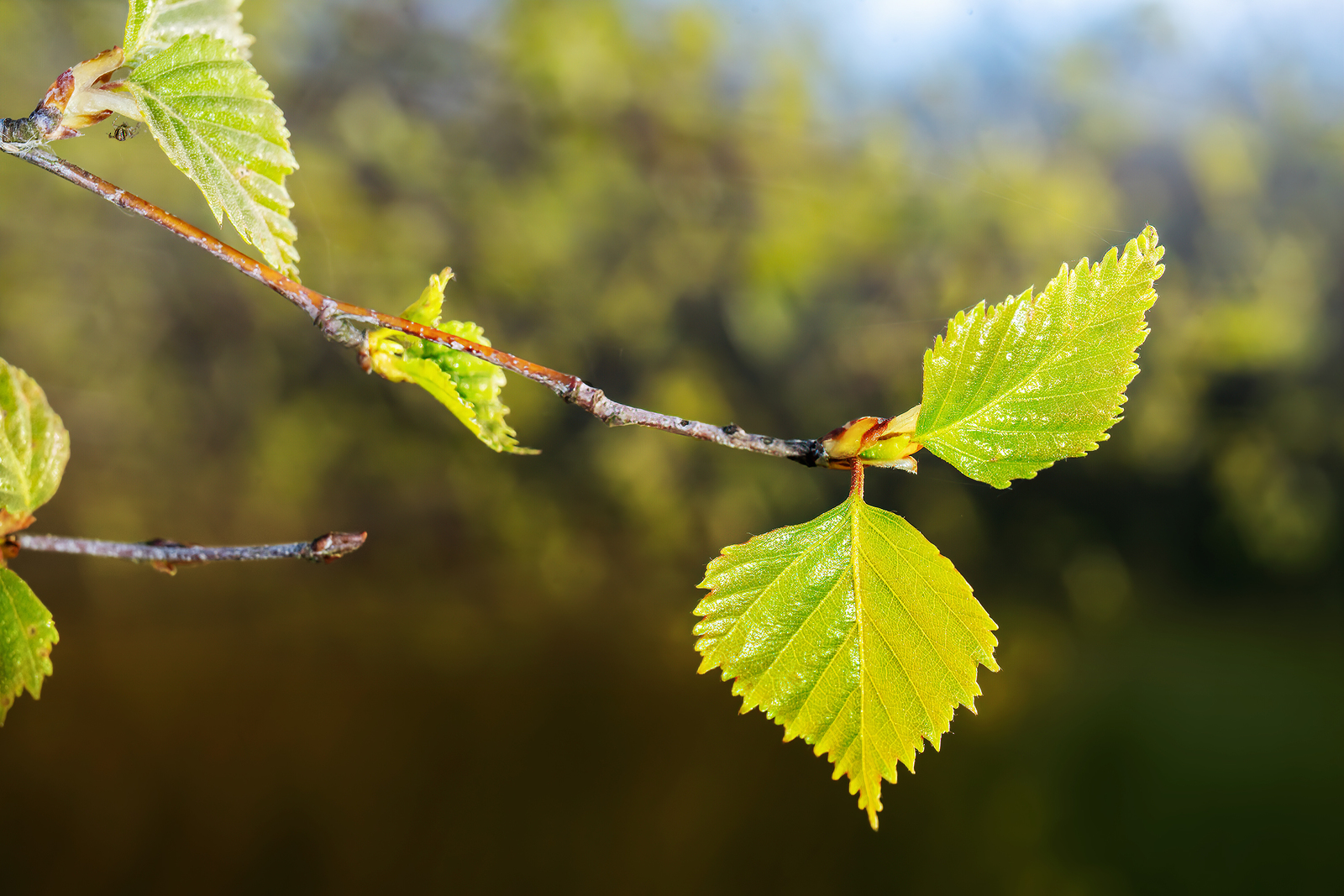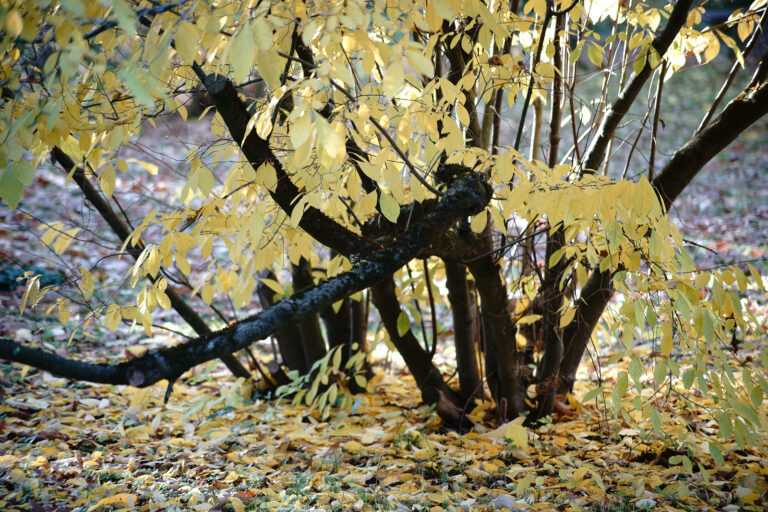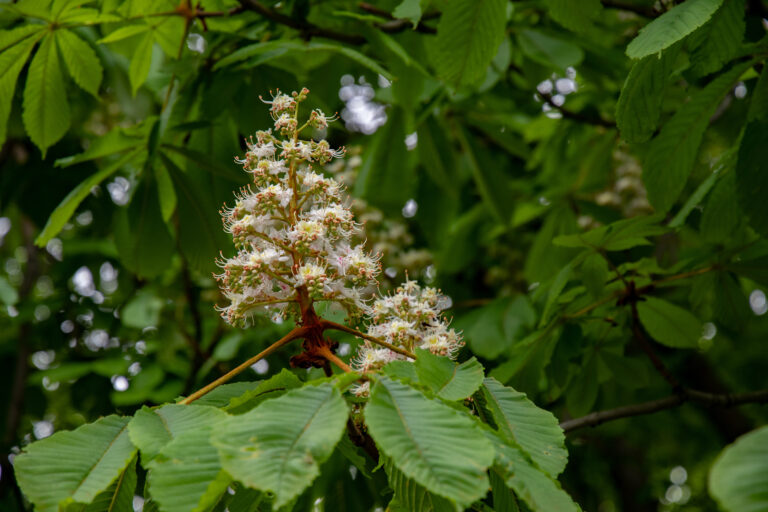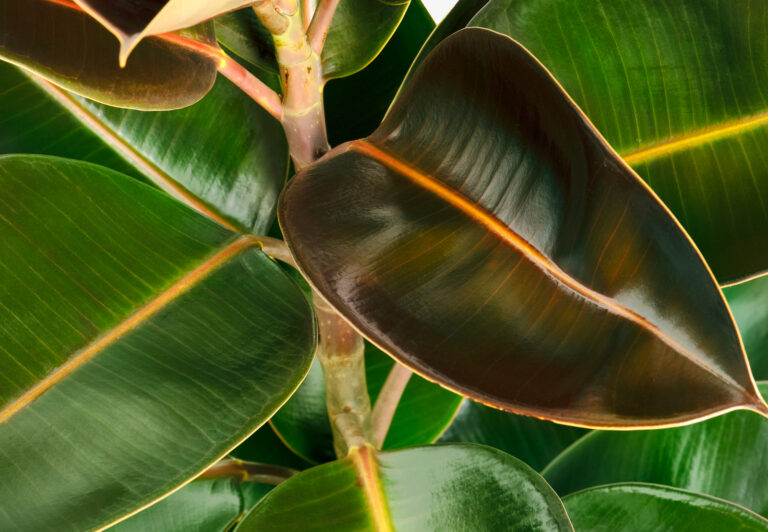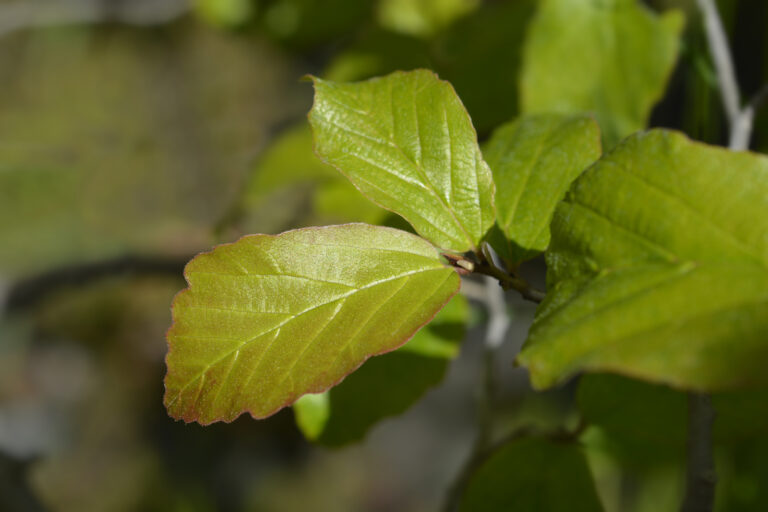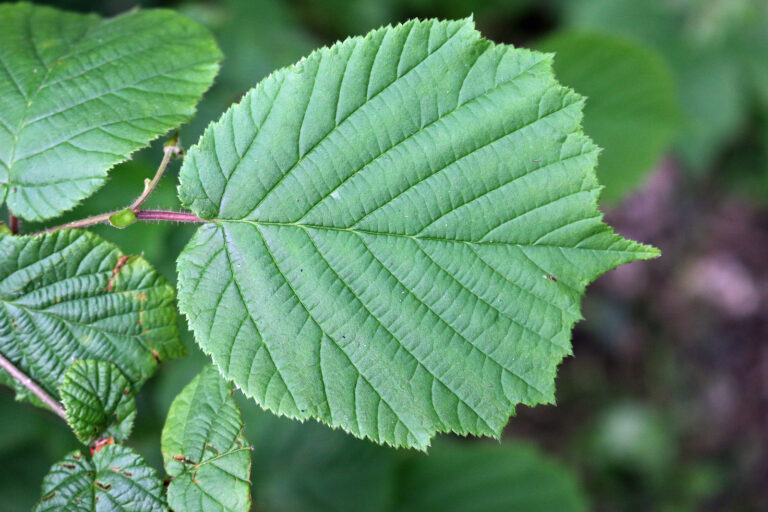How to Grow Birch – Betula
Birch trees are fast-growing, pyramidical trees with showy white bark. Birch trees can be planted as specimens alone or in groups and groves. The whitebark, often peeling in long strips, adds interest to winter landscapes.
Birch is the common name or the genus Betula of about 28 species of hardy deciduous grees generally of tall and narrow form. Ten natives species and their horticultural varieties are all effectively used in gardens.
Birches have delicate flexible branches and conspicuous bark ranging from white through shades of orange to black. As background they combine well with woodland flowers. They can be used in rock gardens as well.
In landscape planting, it is always appropriate to place birches near water. There is hardly a more charming picture than the reflection of birch with its autumn gold. Nature often crowds them so closely along both sides of a woodland road that they have the effect of a colonnade and in autumn they become a bower of golden light.
In residential gardens, birches can be used singly or in groups to mark entrances or cures in a drive where the light bark is especially helpful at night. Planted against an evergreen background the create a stimulating picture at any season.
Most of the birches thrive in moist sandy loam with sandy or rocky subsoil, some others will grow in dry soil. All bear catkins and soft cones and propagated by seed sown or stratified in sandy soil.
Get to know Birch.
- Plant type: Deciduous tree
- Growing Zones and range: Zones 2 to 8 depending on the variety
- Hardiness: Cold hardy
- Height and spread: 20 to 60 feet (6-18m) tall and wide depending on the variety
- Foliage: Simple, egg-shaped, usually pointed, finely-toothed, bright green leaves; leaves turn yellow in fall
- Flowers: Tannish green flower in drooping catkins in early to mid-spring; small cone-like fruit follows flowers and holds into winter
- Bloom time: Early to mid-spring
- Uses: Specimen tree, plant in groves, natural areas, plant near river or water, winter interest
- Common name: Birch
- Botanical name: Betula spp.
- Family: Betulaceae
- Origin: Woodland, moors, mountains of Northern hemisphere
Where to plant Birch
- Grow birch in full sun to partial shade.
- Plant birch in deep, humus-rich soil that stays moist but well-drained.
- Birch prefers a soil pH of 5.0 to 7.5.
- Northern American species are best grown in cooler regions; they suffer in hot summer regions.
- Asian species are more tolerant of poor soil and heat; they are the best choice for warmer regions
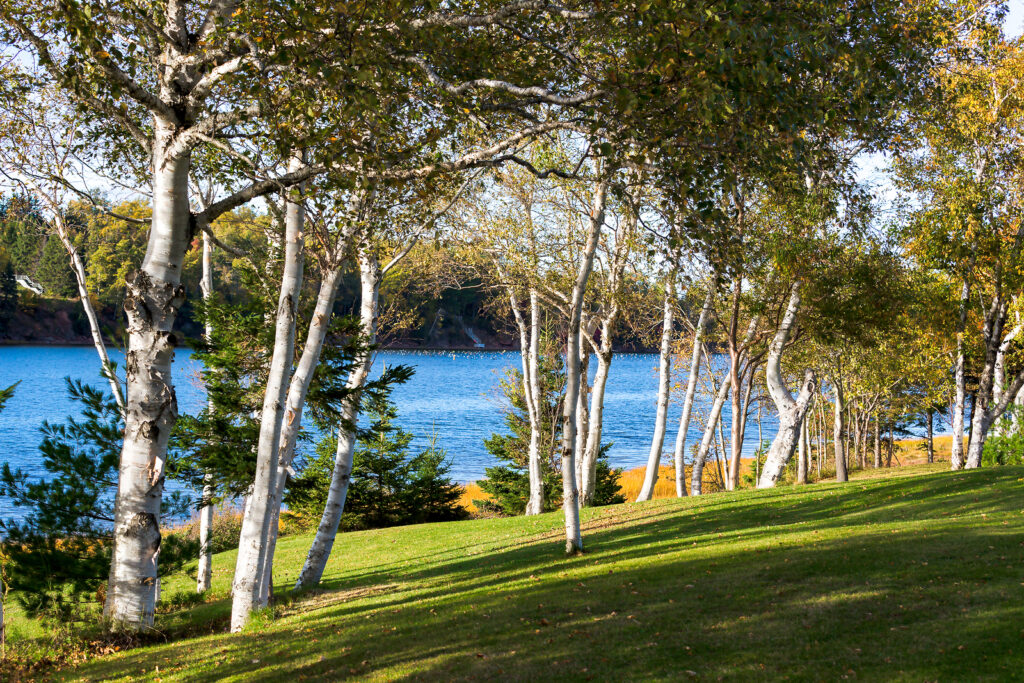
When to plant Birch
- Plant container grown birch in spring or fall.
- Seeds can be started in containers in a cold frame or lath house in spring.
Planting and spacing Birch
- Space birch with mature size in mind; spacing varies with variety,
How to water and feed Birch
- Keep the soil evenly moist for birch. Avoid letting the ground dry out; dry soil can leaves birch susceptible to disease and attack by pest insects.
- Slow water birch to direct deep root growth.
- Fertilize birch by spreading aged compost around the tree once a year. Mulch to the drip line.
Birch care and pruning
- Avoid transplanting birch once established.
- Prune birch only as needed. Prune in late summer or fall so that tree does not bleed sap.
- Do any pruning in summer to prevent sap bleeding.
- Trees can be coppiced to rejuvenate them or to produce several stems instead of just one.
Birch common problems
- Drought can stress birch trees and leave trees vulnerable to pests and diseases. Keep the soil moist during an extended drought.
- Birch is highly susceptible to leaf miners and borers, especially in drought
- Aphids, caterpillars, and weevils feed on the leaves.
- Insects, mites, and fungi can cause witches’ broom among twigs.
Birch propagation
- Sow birch seed in early spring in containers, a cold frame, or open ground.
- Graft in late winter and early spring.
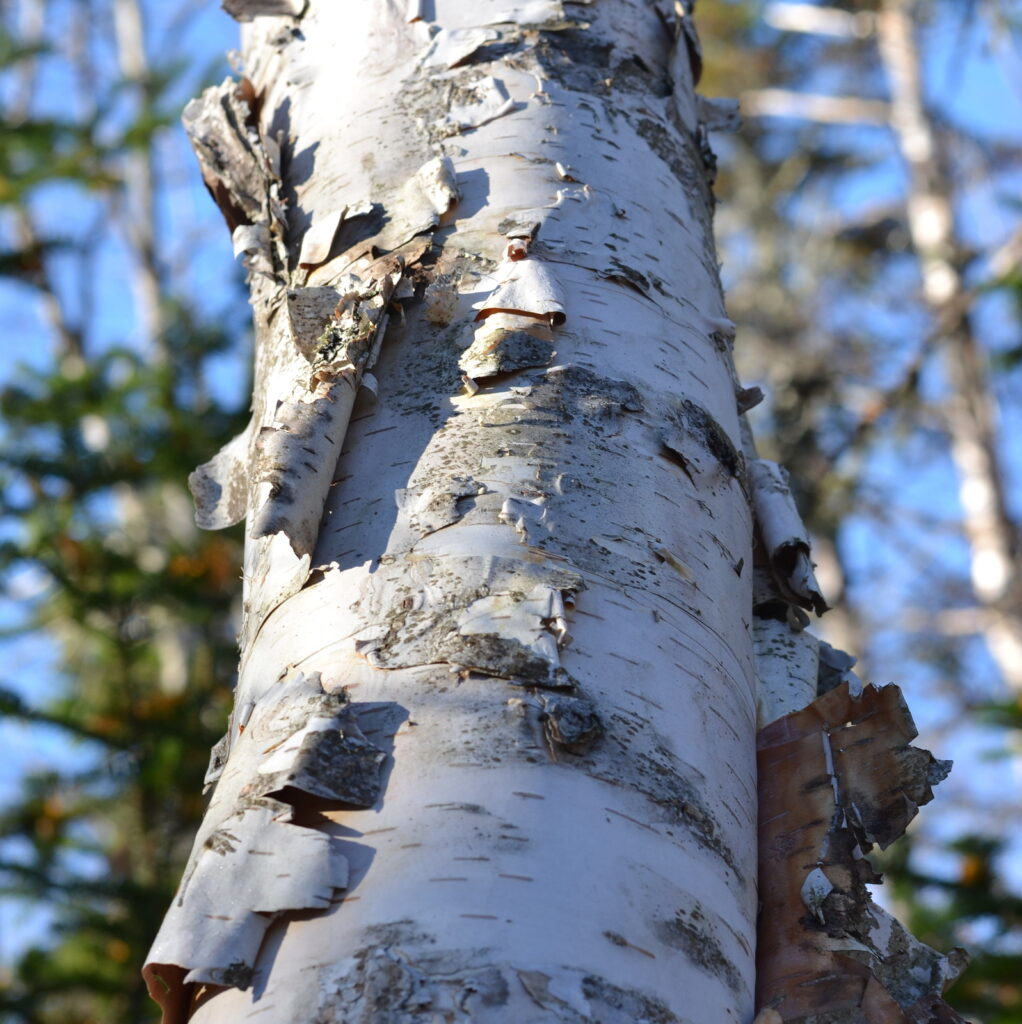
Birch varieties to grow
- Betula lenta, sweet birch, black birch, cherry birch: Grows 40 to 50 feet; shiny reddish to blackish brown bark; rich yellow fall color.
- Betula nigra, river birch, red birch: North American species; Zones 4-9; 40 to 80 feet tall (12-21m), 40-70 feet wide; fast-growing; a pyramidal tree with reddish-brown exfoliating bark; tolerates boggy conditions.
- Betula papyrifera, canoe birch, paper birch: North American species; Zones 2-5; to 60 feet (18m) tall and 30 feet (9m) wide; quick growing; full form, some multi-trunk; chalky white bark peels away in papery layers; leaves turn shades of yellow and orange in fall.
- Betula pendula, European white birch: Zones 2-7; 40 to 80 feet tall (23m), 25 to 50 feet (7.6-15m) wide; graceful pendulous branch tips and silvery-white bark marked with black; glossy green summer leaves turn yellow in the fall; does not like heat or drought; prone to birch borers. Several cultivars: ‘Fastigiata’, pyramidal white birch, ‘Laciniata’, cutleadf weeping birch, ‘Purpurea’, purple birch, ‘Youngii’, Young’s weeping birch.
- Betula platyphylla var. japonica ‘Whitespire’, Whitespire birch: Asian species; Zones 4-7; 30 to 50 feet (9-15m) tall, 20 to 25 feet wide; full columnar form; whitebark does not peel like other species of birch; rapid growth.
- Betula utilis ssp. jacquemontii, white-barked Himalayan birch: Asian species, Zones 5 to 8; fast-growing to 60 feet (18m); the whitest bark of any birch; golden yellow fall foliage.

